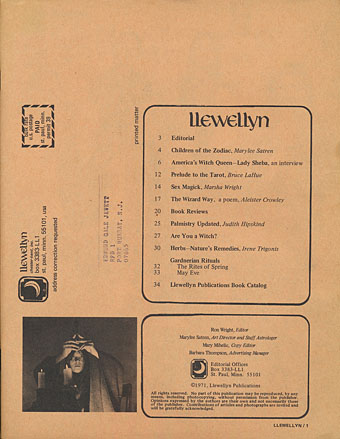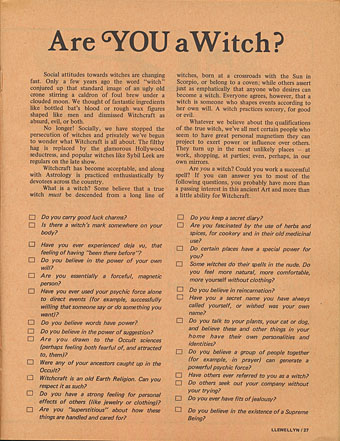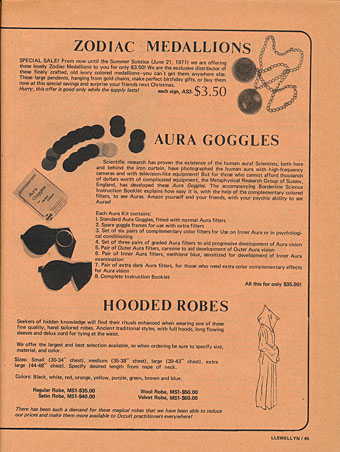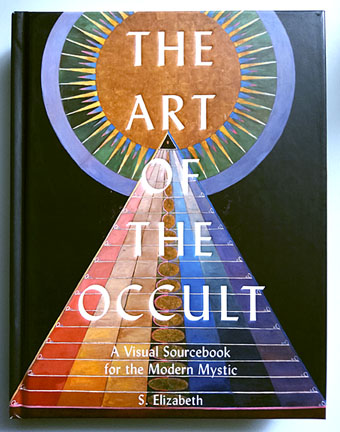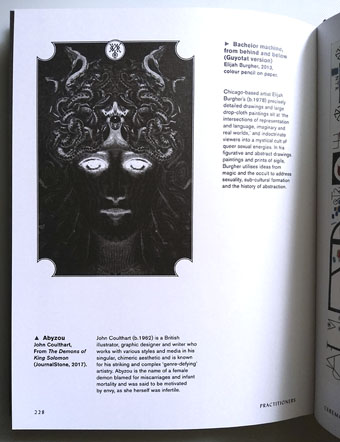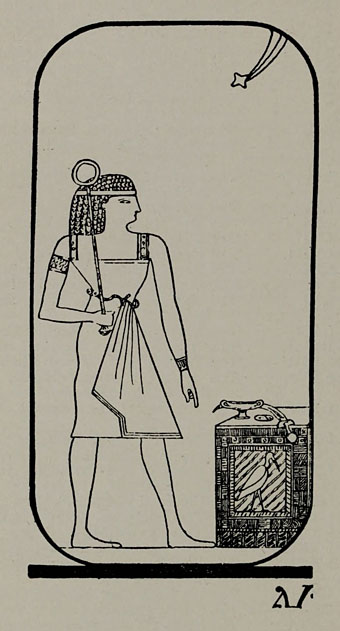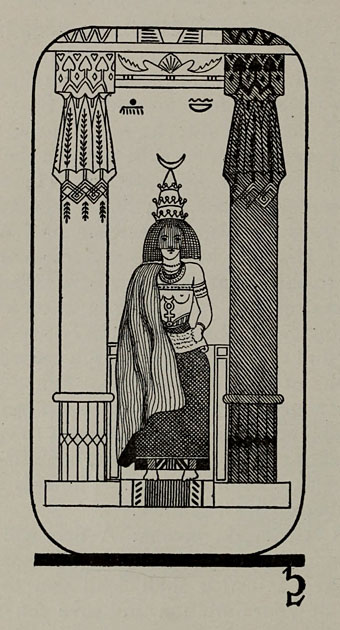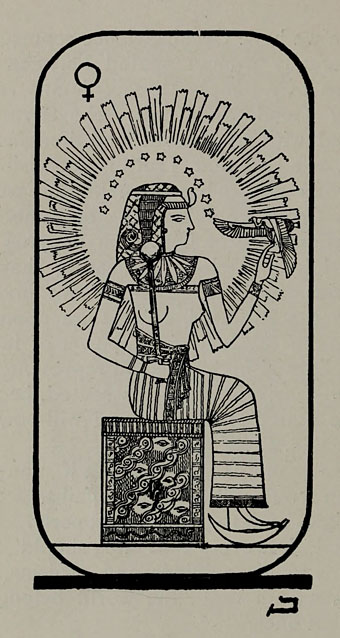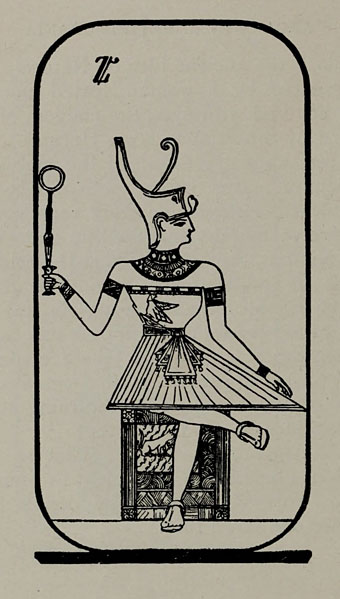A table of contents that reads like a track list from an album by Blood Ceremony: Children of the Zodiac, America’s Witch Queen, Prelude to the Tarot, Sex Magick, The Wizard Way…
Are you a witch? Maybe you are but you don’t know it yet. You can find out by answering the questionnaire in the Llewellyn occult magazine and book catalogue for 1971, a publication which contains a number of witchy articles among its catalogue pages. This is one of many catalogues and publicity brochures from the Ted Nelson Junk Mail Cartons (6,856 items) at the Internet Archive, and is such a product of its time that it’s a shame there aren’t more like it. In addition to a photo of the hippyish Llewellyn staff there’s an interview with Lady Sheba, “America’s Witch Queen”, reprints of incantations by Aleister Crowley and Gerald Gardner, and headlines set in Davida, one of the typefaces of the occult revival. Among the artefacts for sale are a set of “Aura Goggles” from the Metaphysical Research Group, a company that sounds like something from a Charles Williams novel but which has been trading in the UK for many years, and is still active today. They no longer seem to carry Aura Goggles, however. A shame.
Previously on { feuilleton }
• The Art of the Occult
• Calendrier Magique
• Typefaces of the occult revival
• MMM in IT
• The Book of the Lost
• The Occult Explosion
• Forbidden volumes
• The Sapphire Museum of Magic and Occultism
• Occultism for kids

